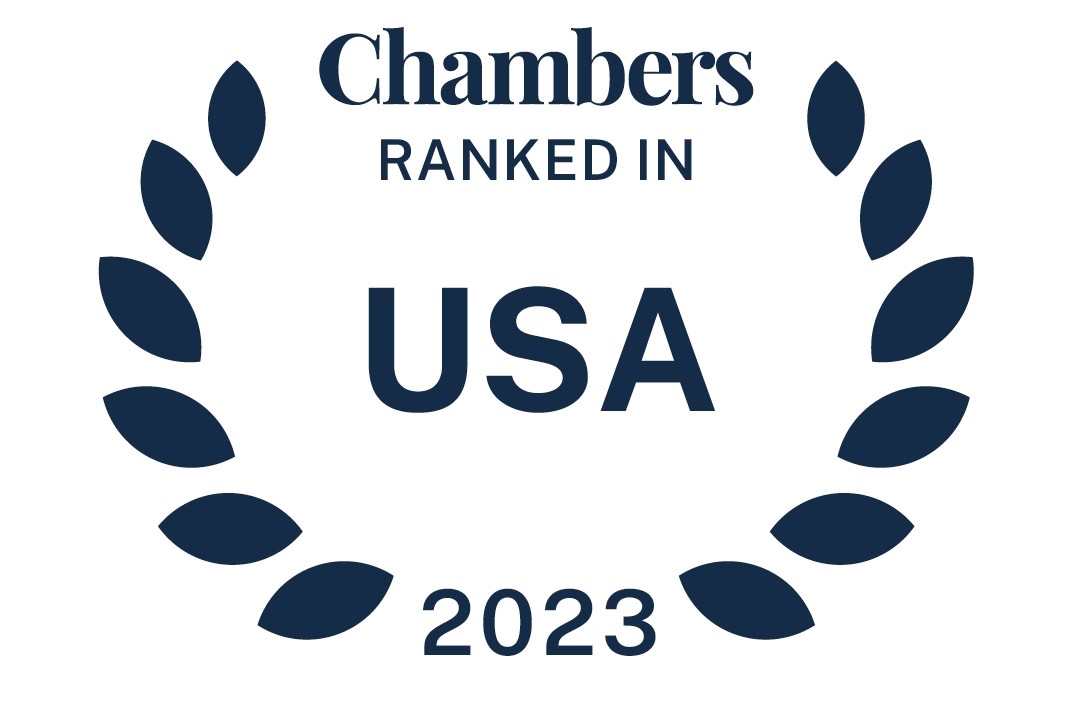On October 2, 2014, the Supreme Court of the United States granted the plaintiffs’ petition for a writ of certiorari in Tibble v. Edison International to answer “Whether a claim that [Employee Retirement Income Security Act] ERISA plan fiduciaries breached their fiduciary obligation by offering higher-cost retail-class mutual funds to plan participants, even though identical lower-cost institutional-class mutual funds were available, is barred by 29 U.S.C. § 1113(1) when fiduciaries initially chose the higher-cost mutual funds as plan investments more than six years before the claim was filed.” The underlying claim asserts that the investment committee of the Edison 401(k) Savings Plan (the Plan), a defined contribution plan sponsored by Edison International, breached its fiduciary duty, although the issue presented to the Supreme Court focuses on the statute of limitations applicable to that claim.
The Plan’s investment committee selected a variety of funds for the investment of Plan assets. The funds selected by the investment committee were retail-class funds, which charged higher fees than the comparable institutional-class funds available in the retail market. Plan participants sued, alleging that lower-cost mutual funds were available and should have been selected for the Plan’s investment portfolio. The district court dismissed the case and the U.S. Court for the Ninth Circuit affirmed the dismissal on the basis that the funds were selected more than six years earlier and were therefore barred by ERISA statute of limitations.
ERISA provides a six-year period within which a participant or beneficiary may sue based on allegations of a breach of ERISA fiduciary duties. In general, the ERISA statute of limitation period begins to run on the date of the last act that constitutes a fiduciary breach owed to the beneficiaries. The U.S. District Court for the Central District of California dismissed several claims in the plaintiffs’ lawsuit, concluding that these claims were statutorily barred because the plaintiffs’ filed them after expiration of the six-year statute of limitations period. In addition, the district court ruled that it must defer to the investment committee’s selection of the higher-cost mutual fund by application of the deferential Firestone standard previously set by the Supreme Court.
In its petition for certiorari, the plaintiffs asked that the Supreme Court determine whether ERISA’s six-year limitations period begins on the date that the investment committee initially selected the higher-cost mutual fund options for the Plan’s investment portfolio or whether the on-going offering of such funds constituted a “continuing” fiduciary breach, thereby extending the period. The Supreme Court elected not to address whether the Firestone deference applies to fiduciary breach actions with respect to whether a fiduciary failed to follow plan terms in the selection of investment options.
This case follows the Supreme Court’s 2013 decision in Heimeshoff v. Hartford Life & Accident Insurance Co. Heimeshoff concluded that an ERISA plan’s contractual three-year limitations period for benefit claims was enforceable, despite the fact that the statute of limitations began to run before the participant’s benefit claim had been decided by the plan administrator. Conversely, in Tribble v. Edison, Int’l., the Supreme Court is asked when ERISA’s [...]
Continue Reading
read more

 Subscribe
Subscribe



